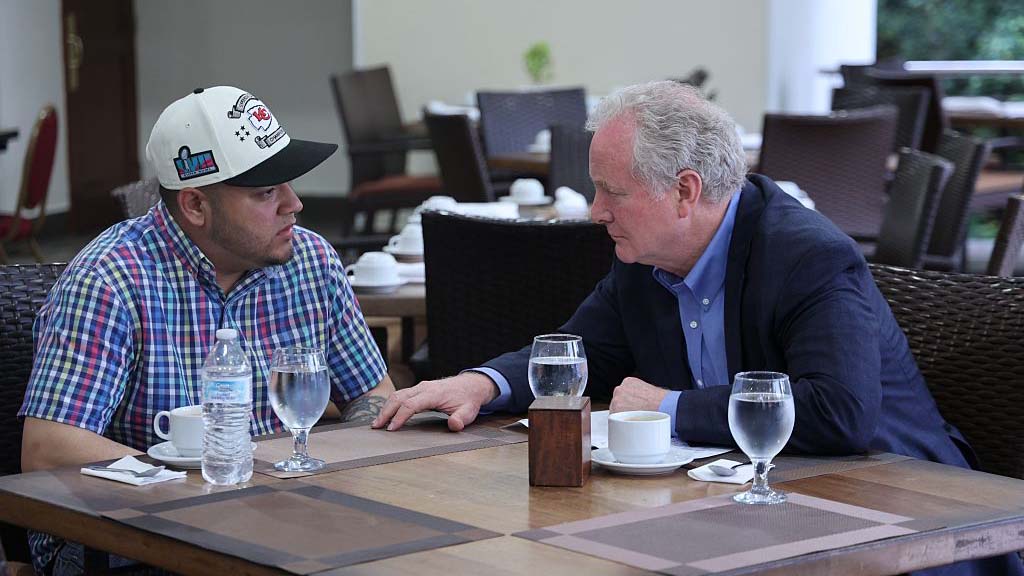Broadcasters Ask FCC to Update Transmission Regs for ATSC 3.0
WASHINGTON—Broadcasters are asking the FCC to relax its rules to allow them to deploy more transmitters at the edge of their service areas as they build out for ATSC 3.0 (aka “Next Gen TV”).
In a petition filed with the FCC last week, the National Association of Broadcasters and America’s Public Television Stations (APTV) told the commission that it needs to update decade-old rules governing the use of distributed transmission systems (aka “single frequency networks”) that were introduced during the deployment of ATSC 1.0. Such systems allow broadcasters to extend RF coverage by building transmission systems that fill gaps and improve reliability and reception quality. The organizations said that building SFNs for ATSC 1.0 was impractical but are more feasible with ATSC 3.0.
“The limitations of the ATSC 1.0 transmission standard made it largely impractical due to design difficulty and costs,” the organizations said in their petition. “The transmission system employed by ATSC 3.0, however, solves this challenge by permitting a simplified signal frequency network design that can finally make these operations cost-effective.”
When the FCC devised its rules for SFNs in 2008, it chose to limit their use so that broadcasters couldn’t use them to expand their reception beyond their primary coverage area. This effort to prevent “dramatically expanded primary coverage rights” to “foster localism” with the technology advances of SFNs in the ATSC 3.0 era can be balanced, the organizations said.
“We believe the Commission can balance the goals of preserving localism while allowing stations to provide superior service by modifying its rules,” they told the FCC, proposing that a station be allowed to deploy an SFN as long as it avoided interference with co-channel Class A and LPTV operations.
“This change would significantly enhance the utility of single frequency networks without undermining localism,” NAB and APTV said. “Stations could enhance service to viewers by improving coverage throughout their service areas and offering improved mobile coverage without the risk of encroaching on the service of stations in adjacent markets. In addition, the rule change would promote the efficient use of spectrum by, in some cases, obviating the need for separate channels for television translators used to fill in service gaps.”
Tests on the use of SFNs for ATSC 3.0 have been ongoing in various test areas, including Pearl TV in Phoenix and Sinclair in Baltimore-Washington, D.C.
Get the TV Tech Newsletter
The professional video industry's #1 source for news, trends and product and tech information. Sign up below.
In a TV Technology article on SFNs in 2018, television industry consultant S. Merrill Weiss, who engineered the world’s first ATSC 1.0 SFN in the State College, Penn., discussed the differences between SFNs in ATSC 1.0 and ATSC 3.0 environments.
“ATSC 1.0 is dependent on the design of the adaptive equalizer, which can be quite different in its performance from receiver to receiver,” he said. “ATSC 3.0 is dependent on the modulation that’s used, and all receivers will respond to it identically. And on top of that having multiple carriers (inherent in the 3.0 OFDM [orthogonal frequency division multiplex] signal) makes things a lot easier.”
For a comprehensive source of TV Technology’s ATSC 3.0 coverage, see ourATSC3 silo.
Tom has covered the broadcast technology market for the past 25 years, including three years handling member communications for the National Association of Broadcasters followed by a year as editor of Video Technology News and DTV Business executive newsletters for Phillips Publishing. In 1999 he launched digitalbroadcasting.com for internet B2B portal Verticalnet. He is also a charter member of the CTA's Academy of Digital TV Pioneers. Since 2001, he has been editor-in-chief of TV Tech (www.tvtech.com), the leading source of news and information on broadcast and related media technology and is a frequent contributor and moderator to the brand’s Tech Leadership events.

